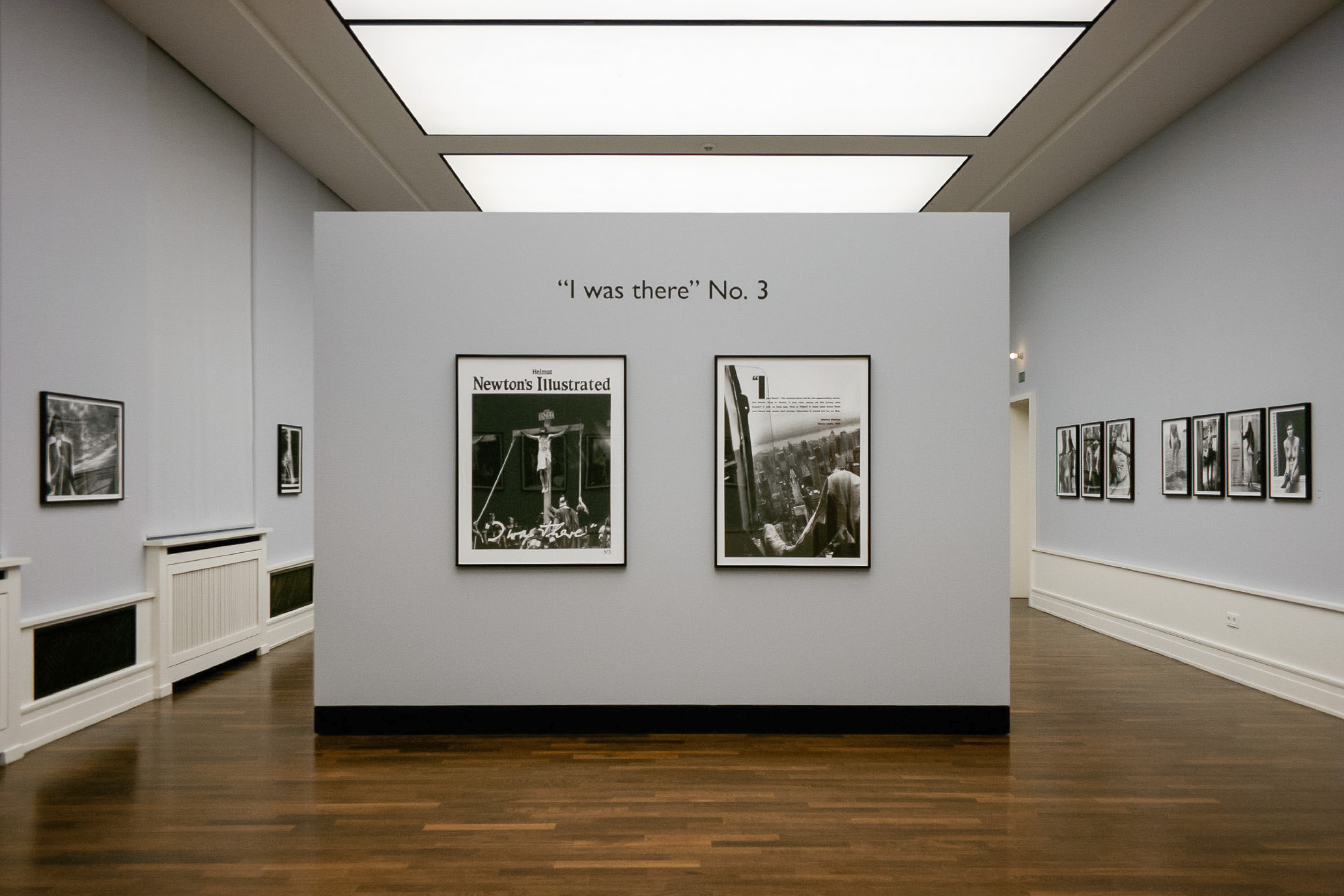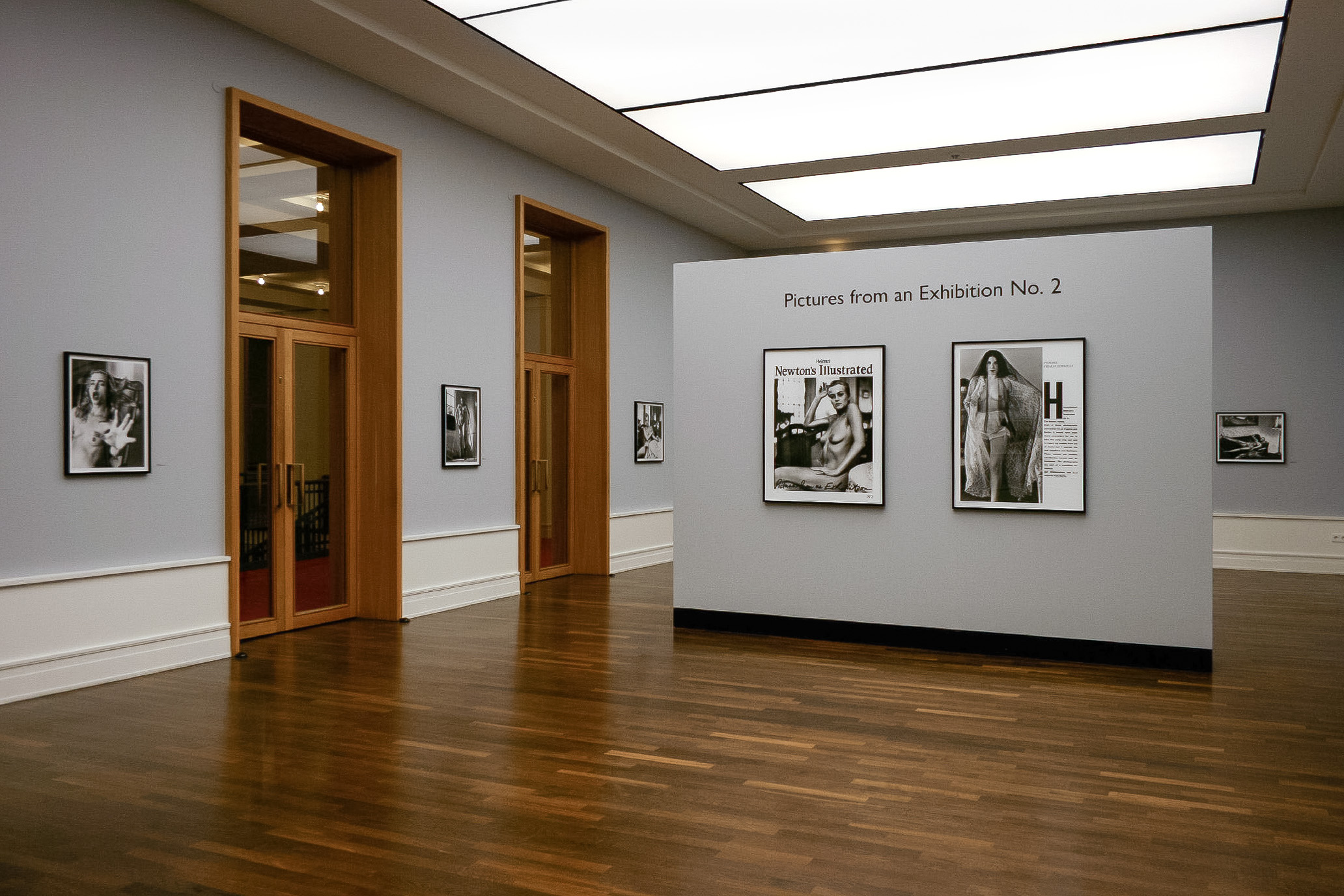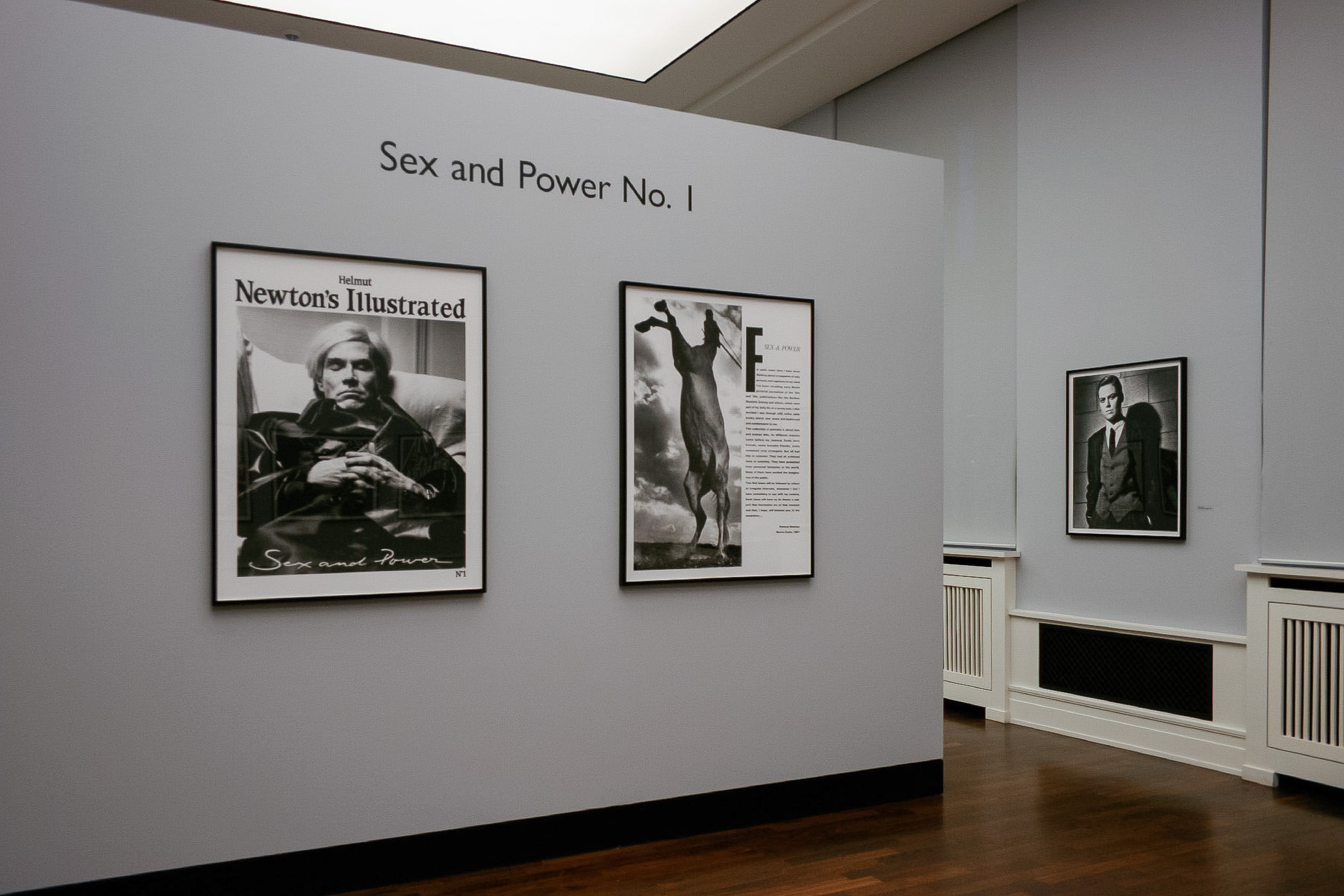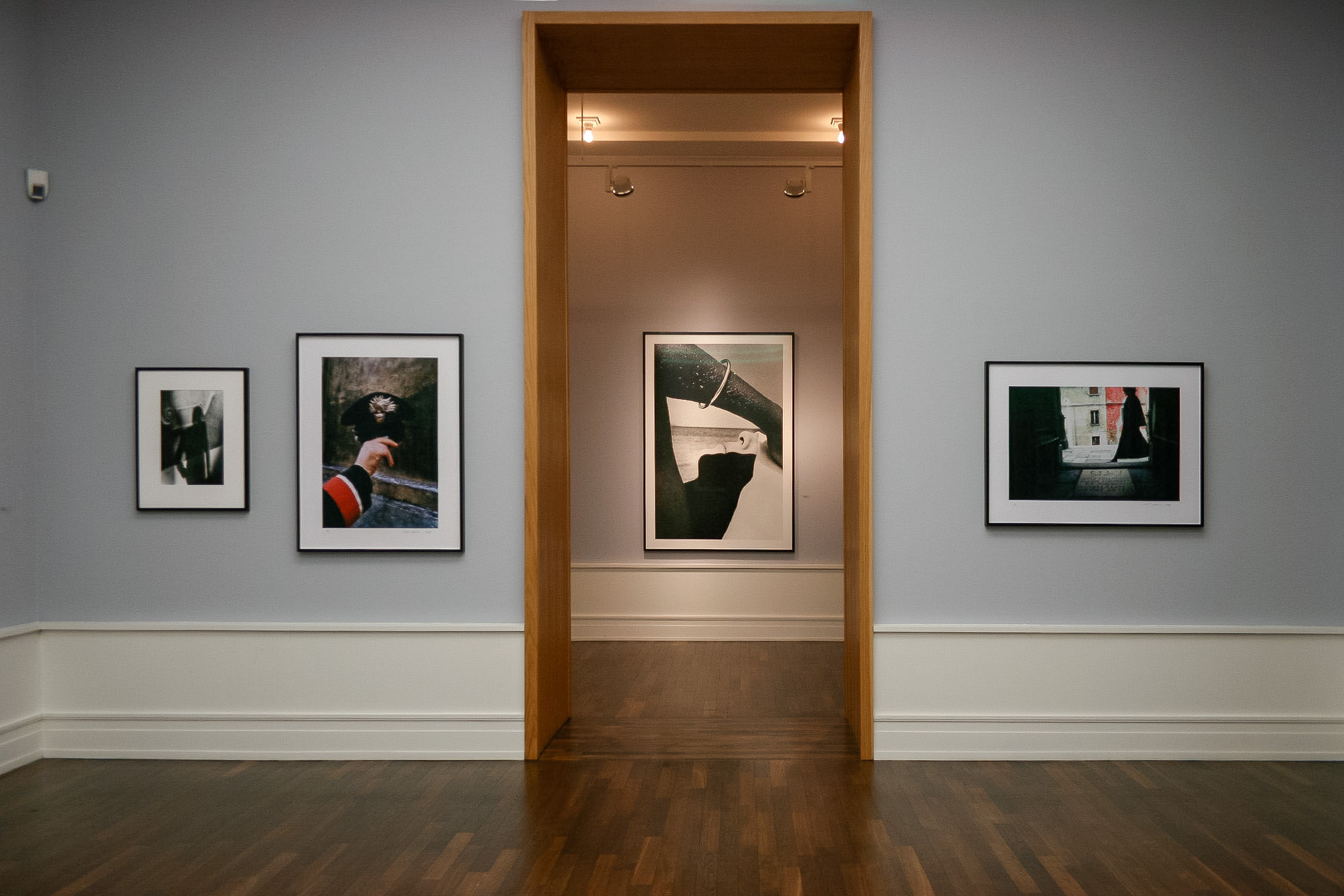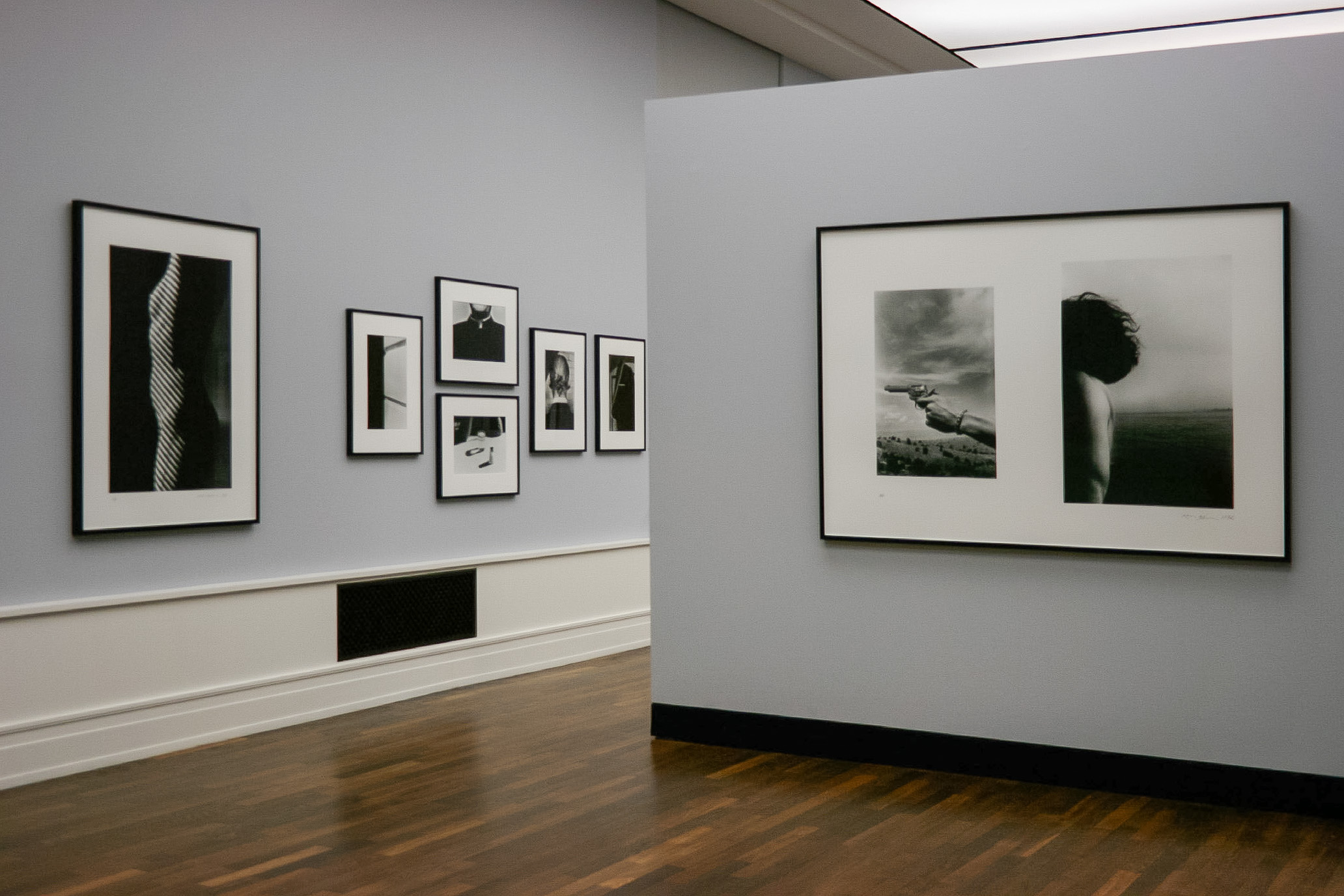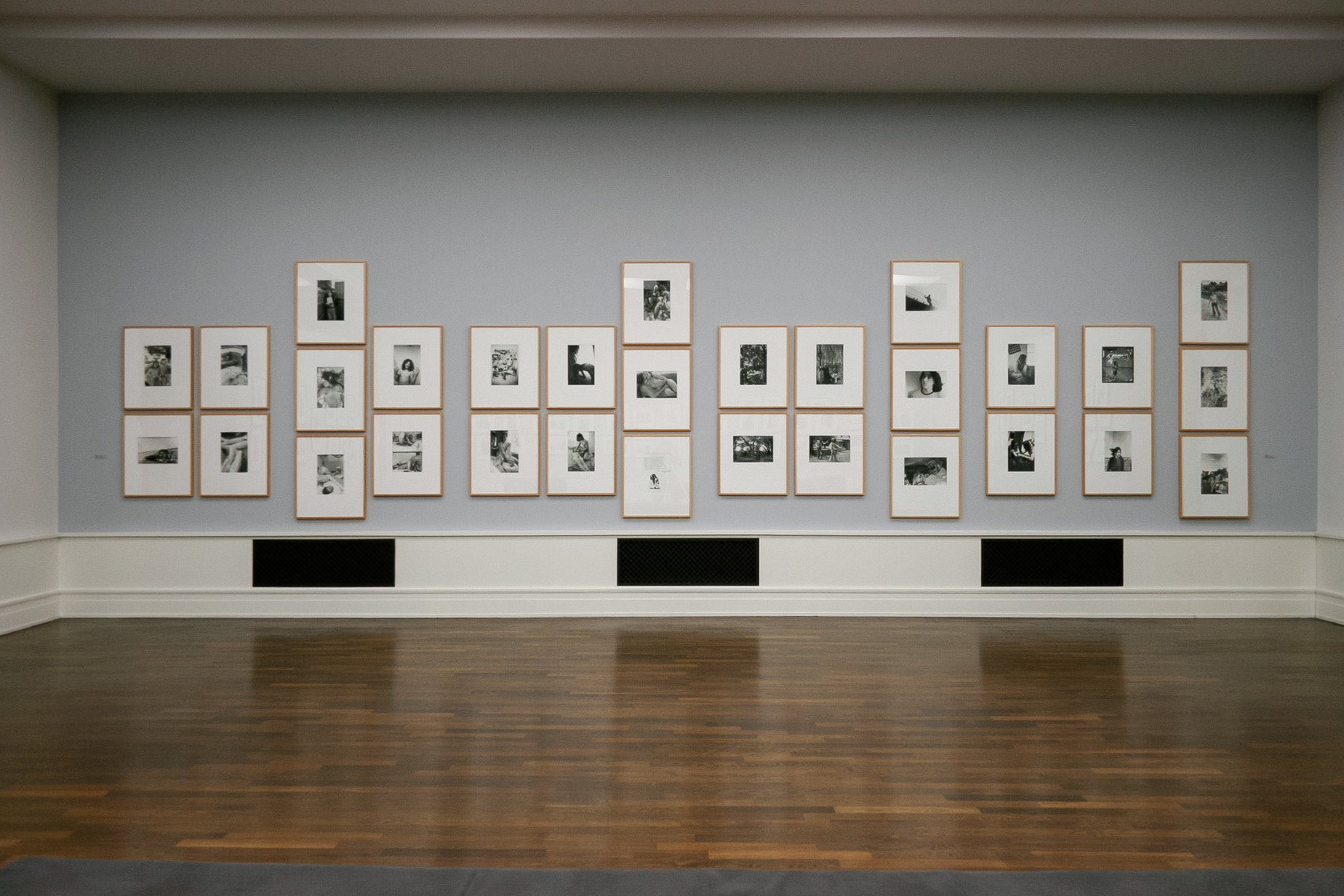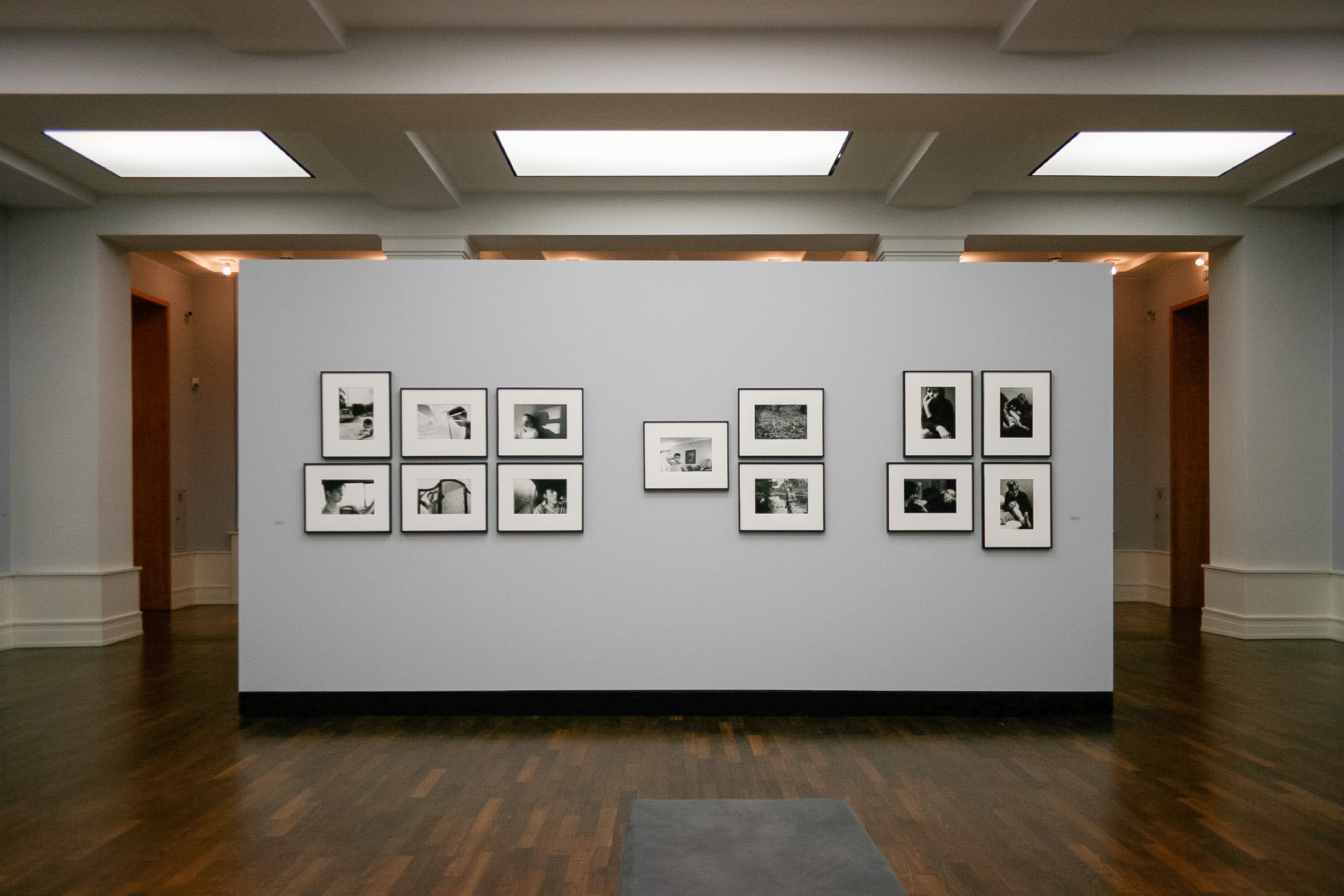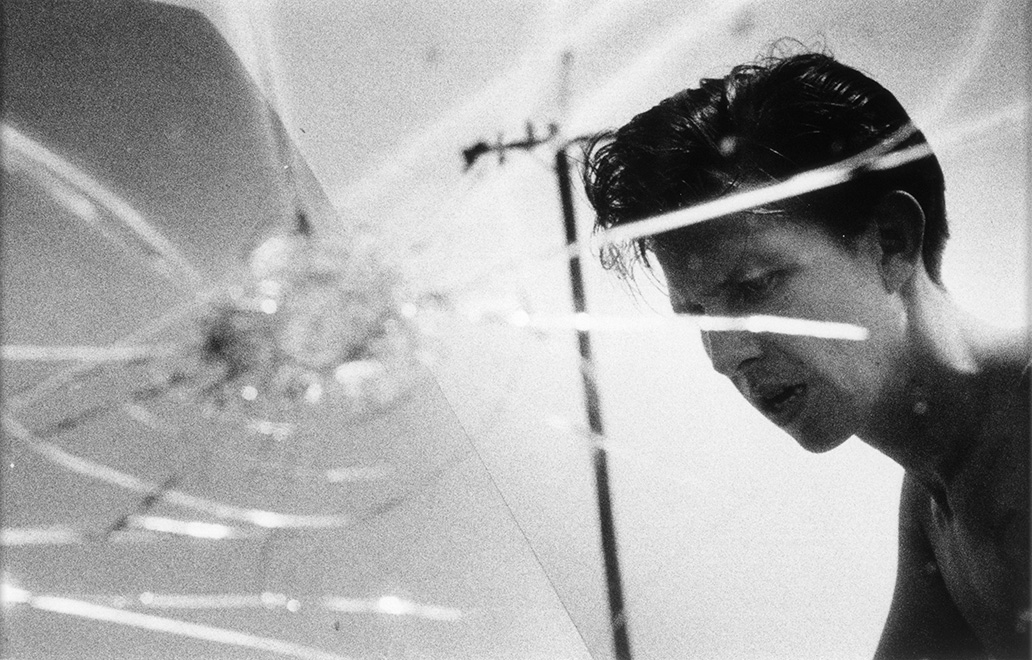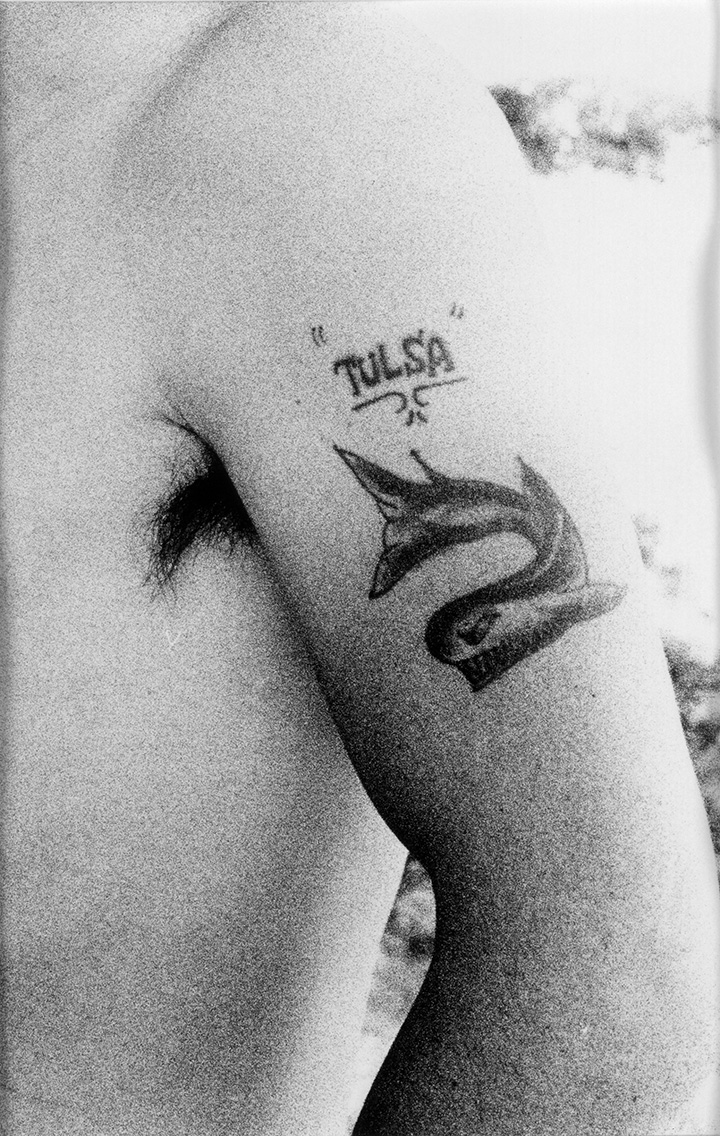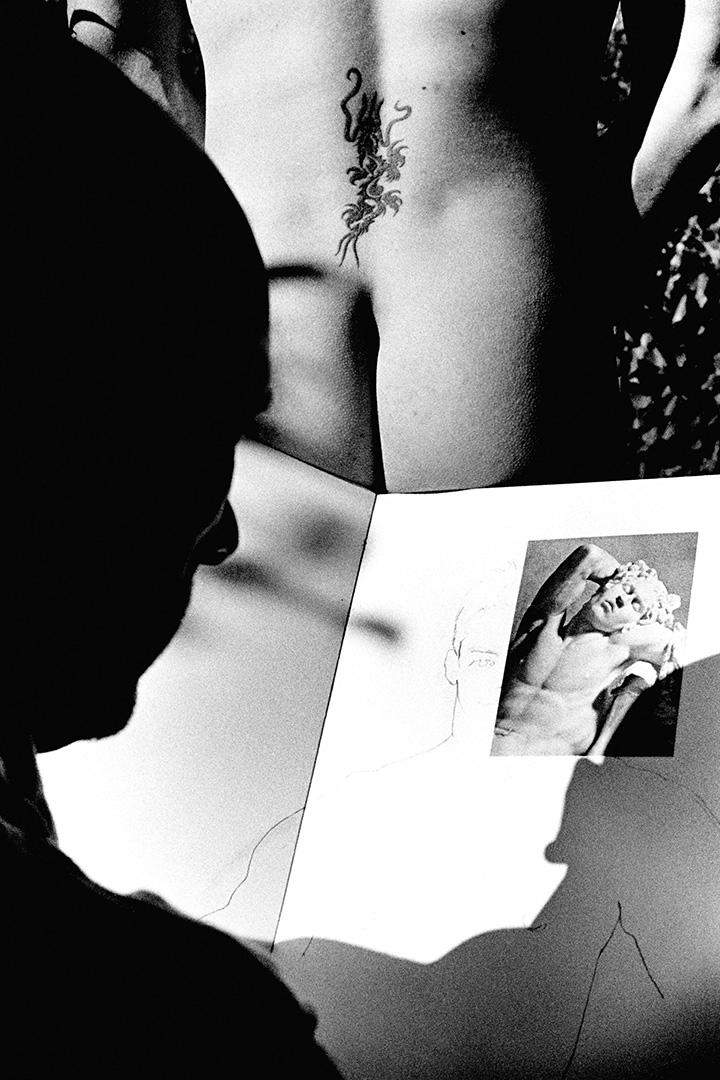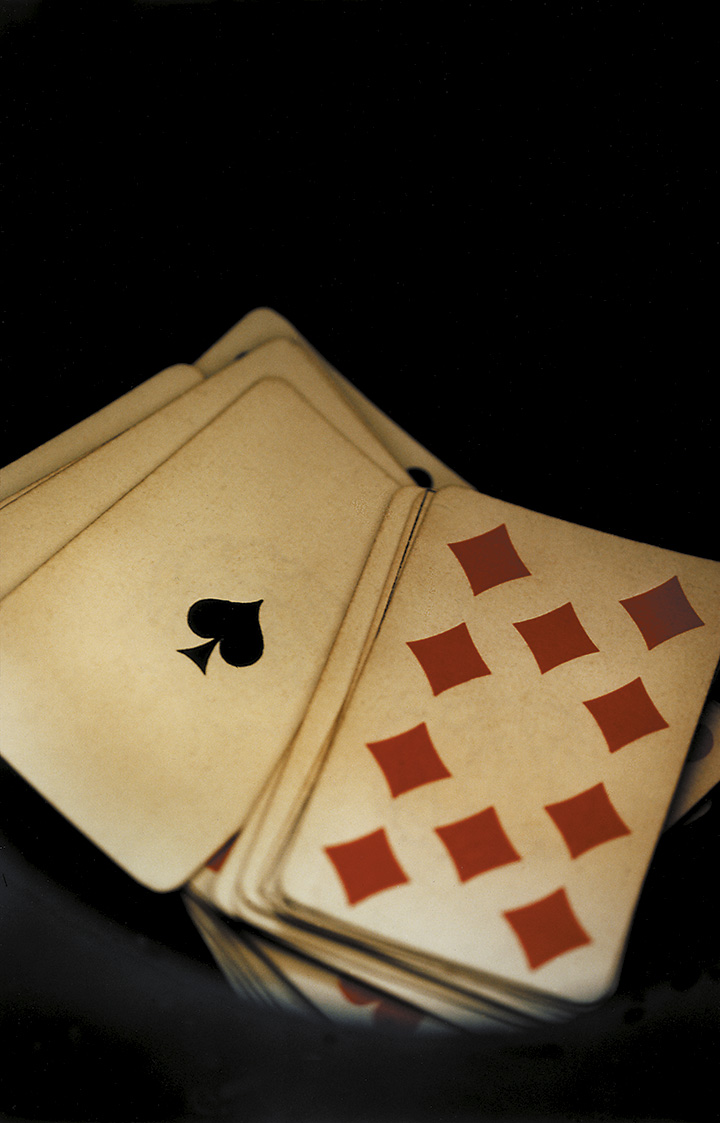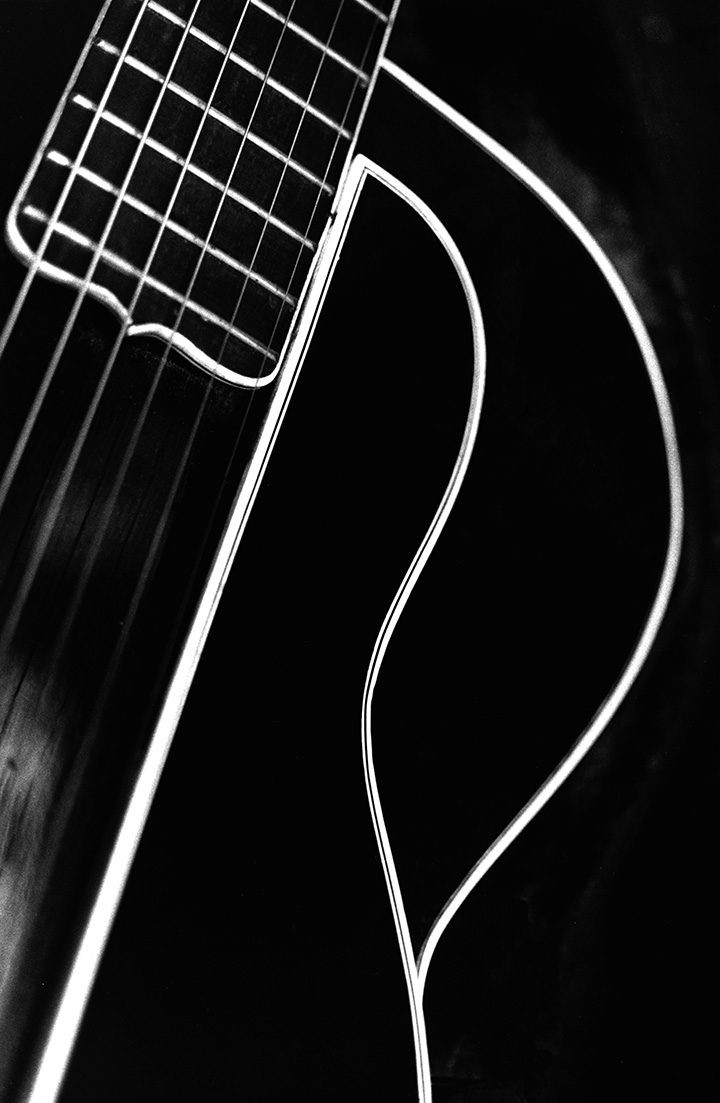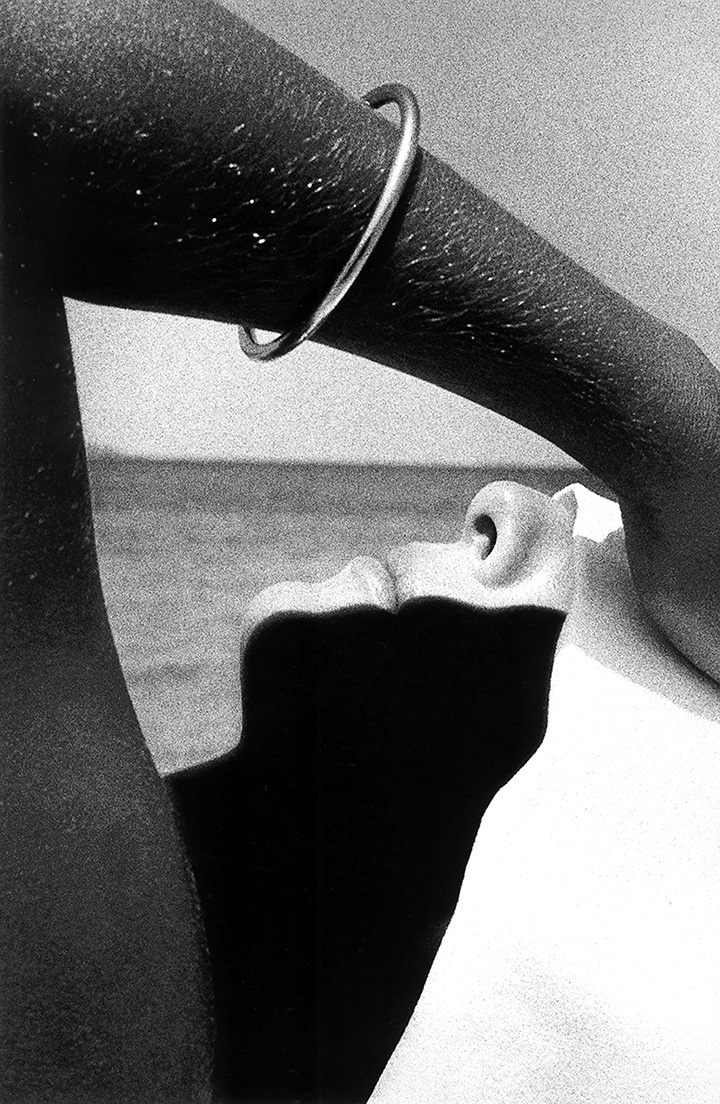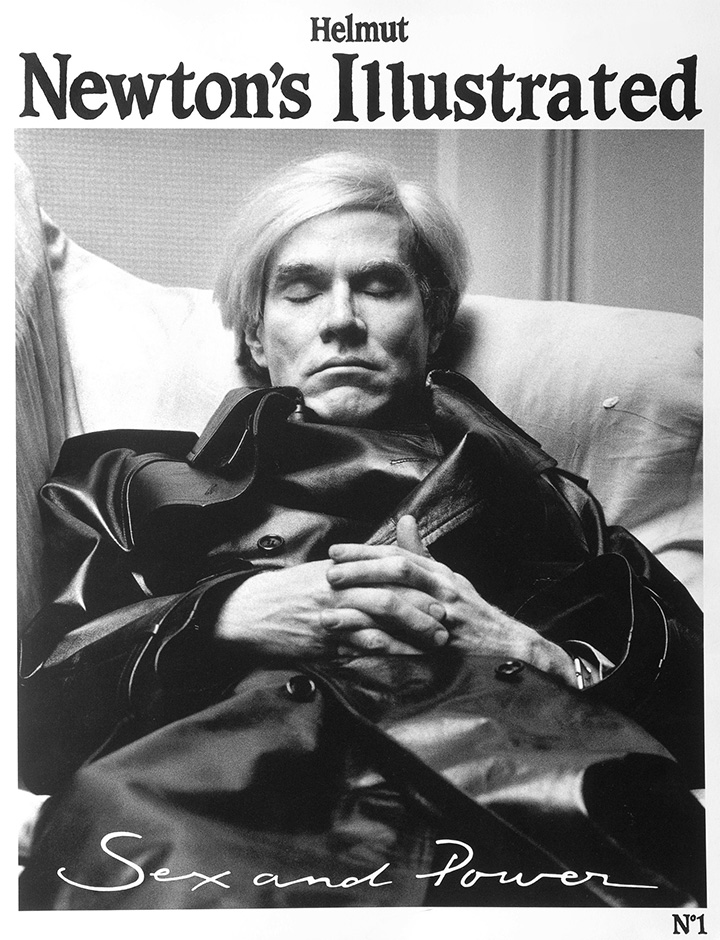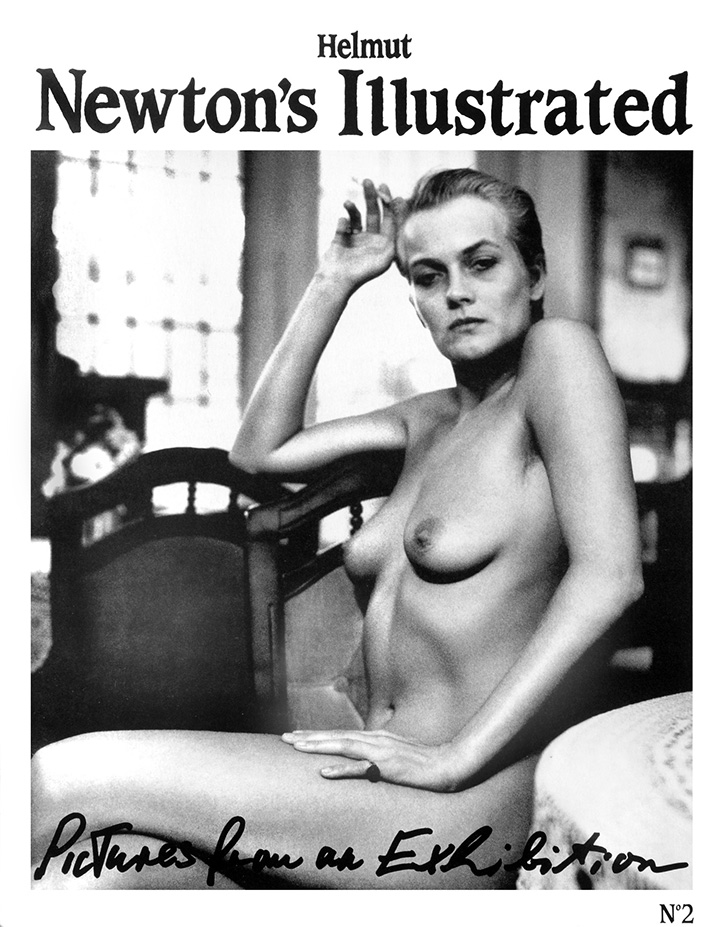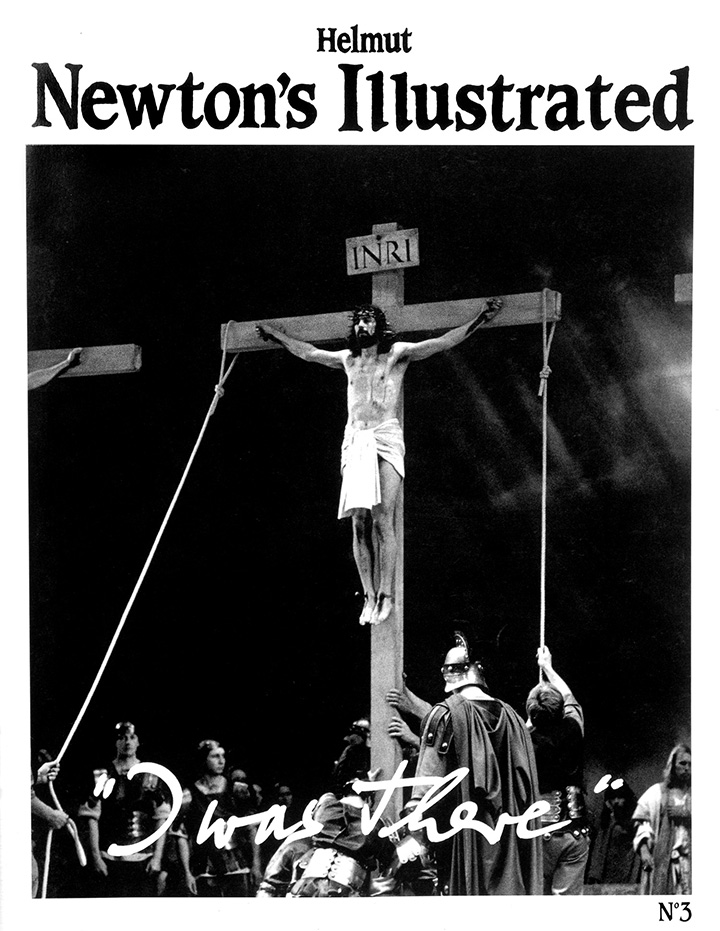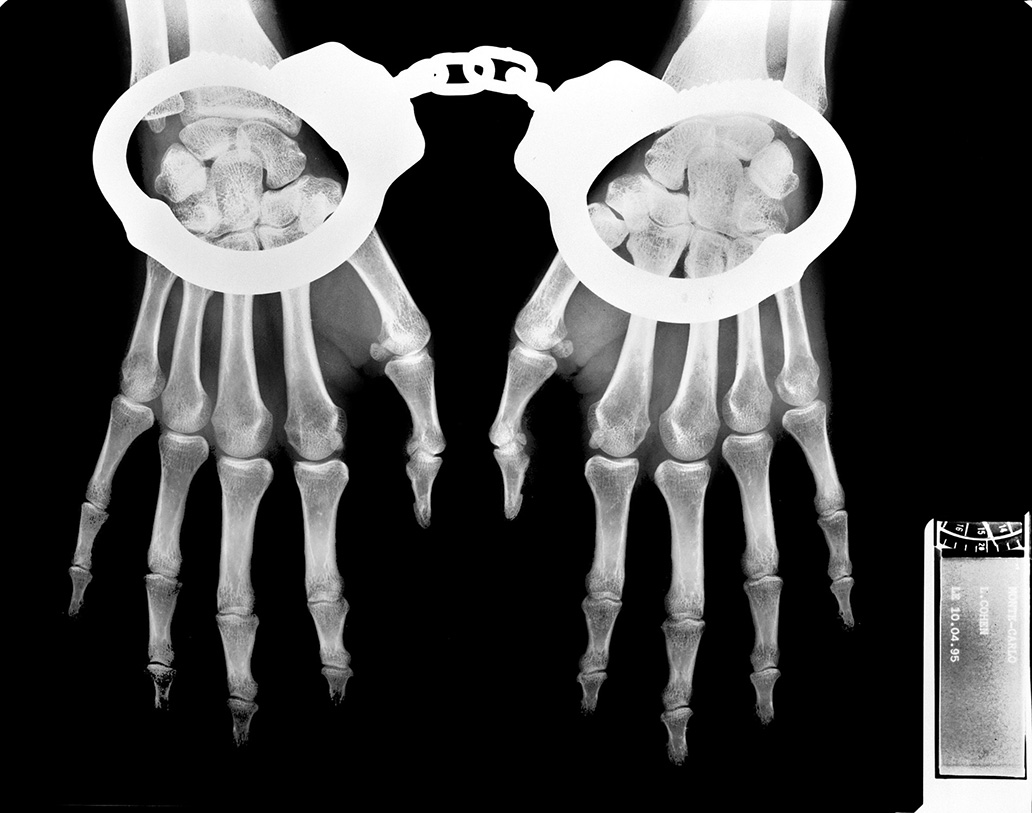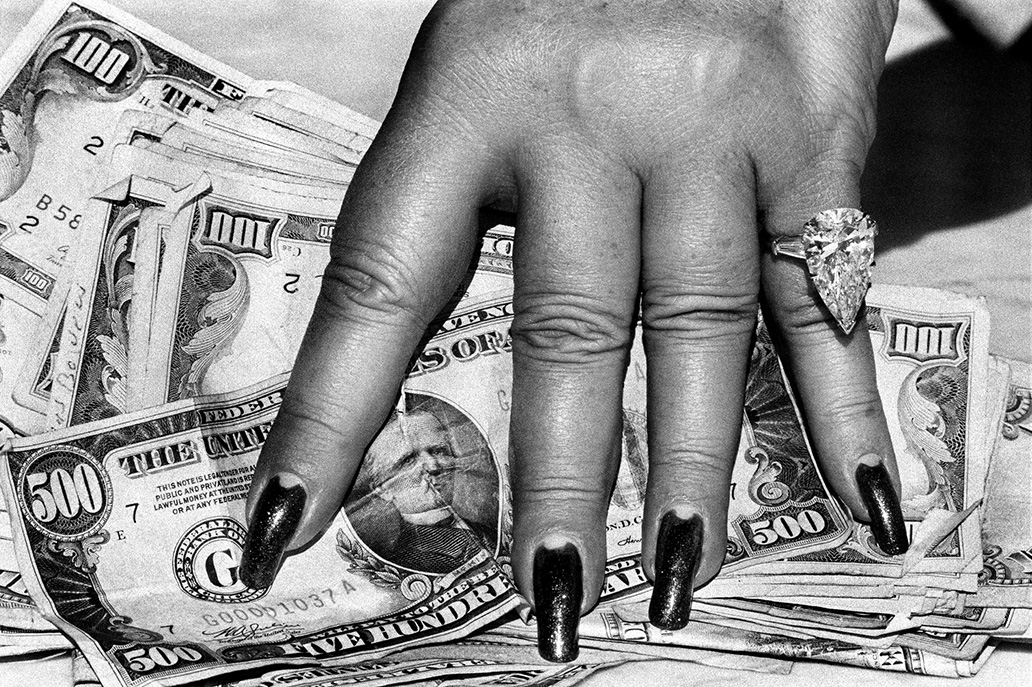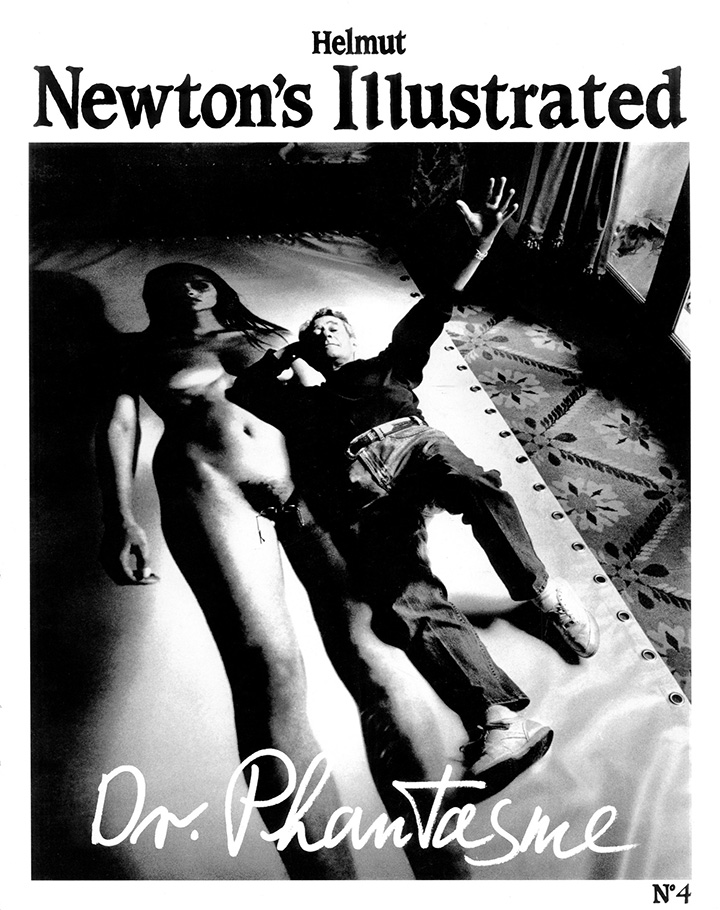After the outstanding success of the three-part exhibition, Men, War & Peace, the Helmut Newton Foundation presents the work of its founder alongside that of two of his friends and contemporaries, Larry Clark & Ralph Gibson.
A selection of pictures that Helmut Newton published in his own magazine Helmut Newton’s Illustrated between 1987 and 1995 are presented for the first time as a complete exhibition in the front three rooms of the foundation.
The central exhibition room is dedicated to two (in)famous bodies of work, Tulsa and Teenage Lust, by the photographer and film-maker, Larry Clark. Created in the sixties and seventies, Clark revealed to us the world of teenage sex and drug use in a way that had been taboo up until that time. In this he was probably the most influential predecessor of well-known photographers like Nan Goldin and Richard Billingham.
Clark’s provocative book Tulsa was published in 1971 by Lustrum Press. This publishing company was founded by Ralph Gibson and through it he distributed his own photography books, The Somnambulist, Déjà-vu and Days at Sea, amongst others, as well as books by leading photographers of the day. A representative selection of B/W & Colour images from these and later projects by Gibson, are presented in the remaining exhibition rooms of the Helmut Newton Foundation. His timeless, subjective imagery is known for its formal and abstract composition.
Selected Works
Here, three men are wanted for breaking various rules and laws
Matthias Harder
After the outstanding success of the three-part exhibition Men, War & Peace, WANTED: Helmut Newton, Larry Clark & Ralph Gibson continues with another exciting juxtaposition of Newton’s works with those of his esteemed contemporaries. Newton was friends with both Gibson and Clark for many years, and his portraits of these two American photographers were included in Men, War and Peace—and these appear now again on the new exhibition poster.
For the first time, the photographs Newton published in his own Helmut Newton’s Illustrated magazine from 1987 to 1995 are being presented as an exhibition. The project was originally inspired by the design and content of the Berliner Illustrirten Zeitung, which Newton read regularly as a teenager before he emigrated from Berlin in 1938—and in particular by the photographs and photographic essays of his early colleagues Erich Salomon, Martin Munkácsi, and Yva, with whom he trained as a photographer between 1936 and 1938.
Decades later, Newton himself published a total of four magazines at irregular intervals, “whenever I feel I have something to say with my camera” as he explained in the preface of the first issue. The titles of the first two magazines, which appeared in 1987, were “Sex and Power”, a motto to which he had dedicated his entire photographic oeuvre, and “Pictures from an Exhibition” with photographs from Berlin and Los Angeles. In 1991, Helmut Newton’s Illustrated No 3 appeared with the title “I was there” and explored the question of “true or false”—also a lifelong source of inspiration for his work. He terminated this unusual publication concept with the fourth issue of Helmut Newton’s Illustrated titled “Dr. Phantasme” with a picture of himself on the cover lying on one of his Big Nude photos. The original issues of these large-format magazines are now sought-after items on the market of rare photography books.
As is generally known, Helmut Newton worked for numerous magazines, which brought his images to millions of people, and many coffee-table books and exhibition catalogues of his photographs have been published since 1976. However, with his own magazine he was able to spontaneously create something—independent of picture editors, clients, and specific exhibitions—that could not be found anywhere else: a heterogeneous selection of images that were representative of his work. Some of the photographs published here did appear in other projects, but the idea of a collection of images arranged by the photographer himself is now being carried over in its entirety into the three front exhibition rooms of the Helmut Newton Foundation for the first time. Walking through this extensive presentation, a visitor can take in an exemplary selection from Newton’s rich period of activity from the 1970s into the 1990s.
The central exhibition space is dedicated to two complete and (in)famous series by Larry Clark, Tulsa and Teenage Lust, a total of some 150 black-and-white photographs. In these immediate and unsparing images taken in the sixties and seventies Clark shows what had been the taboo life of adolescent drug addicts, their love lives in the mid-west, and gay callboys on 42nd Street in New York. The photographer was close to the action, an insider of sorts, and through these photographs he recalled his own youth with a fascination for the erotic release of the time. The young protagonists in his images are completely open about their sexuality and seem to have forgotten Clark’s camera—or they are consciously exhibitionistic. Drugs and weapons are constant companions in the pleasure-driven action and threaten what seems to be a spontaneous and free existence. Clark’s seemingly voyeuristic work is peppered with individual portraits or genre scenes, and his extreme, fleeting stylization of the subject matter make it a critical social documentary. With his subjective and radical visual vocabulary he can be considered an influential forerunner for younger photographers such as Nan Goldin and Richard Billingham.
Larry Clark’s provocative volume of photographs Tulsa was published in 1971 by Lustrum Press, a publishing house for photographic books that was founded by Ralph Gibson. Gibson also published the works of other photographers, such as Robert Frank and Mary Ellen Mark, in addition to his own photographic books from 1970 onwards, for example starting with The Somnambulist, Déjà-vu in 1973 and Days at Sea a year later. From the perspective of the history of photography, one cannot overestimate the importance of this publishing activity, since it provided an opportunity for a number of leading American photographers, relatively unknown back then, to present their work in book format for the first time.
A representative selection of black-and-white images from the projects mentioned above and from Gibson’s later work has been gathered together for the presentation in Berlin—beginning in the early sixties in San Francisco where Gibson studied at the Art Institute and assisted Dorothea Lange and continuing up through 2006 when he photographed in Brazil and other locations. An extensive and influential body of work has developed over the course of these more than forty years, which is marked by a timeless subjective eye and characterized by stark formal contrasts and clear-cut abstraction. Parallel lines appear repeatedly in his photographs and form compositions of geometric structures determined by the cropping of the image. Hands often seem to be grasping at something that lies beyond the reality of the photograph. The photographer paradoxically seems to come closer to the essence of things through this surreal quality and a sometimes extremely reductive choice of motif than through a view encompassing the entire situation. The female body, most often nude, is another thread running throughout Gibson’s enigmatic world of imagery, and reveals a proximity to the content of Helmut Newton’s work.
The title WANTED and the design of the exhibition poster are an ironic reference to the posters of criminal fugitives from the Wild West. Here, three men are wanted for breaking various rules and laws. The faces are those of the three photographers in the exhibition, who did in fact ignore social norms and pushed back the boundaries of what is generally considered taboo.

